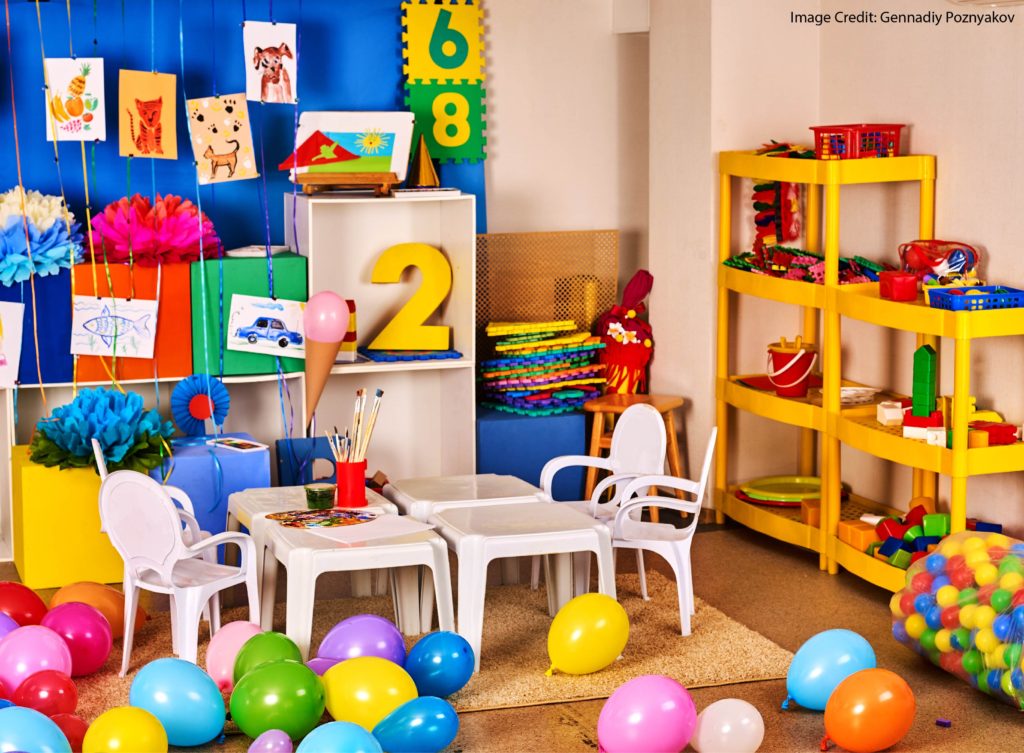We know what working memory is.
We know that we absolutely must work within the working memory capacity that our students have.
How, exactly, do we do that?
To develop our expertise, we must constantly ask these three questions:
First: As I look at my lesson plan, my syllabus, my test, my classroom, can I ANTICIPATE working memory overload?
Second: As I teach my class, can I IDENTIFY WM overload when it happens?
Third: How do I best MITIGATE or SOLVE those WM problems?
Today, let’s focus on ANTICIPATE.
#1: Information Processing
To anticipate WM overload, we should first look for places that require unusually high amounts of information processing.
Does this lesson include LOTS of new information? (Lots = “more than I usually do with this age group.”)
Does the lesson require students to put information together in new ways?
For instance: I’m working at a summer camp right now, and the assistant director told me about a lesson he had observed. A counselor was showing campers how to use a cook stove. To do so, he took about 20 minutes to show them all the steps involved.
GOOD NEWS: He showed the campers the steps correctly.
BAD NEWS: To use a cook stove, campers needed to learn lots of new information (what is a “valve regulator”?).
And, they needed to put all that information together into a new mental system.
12-year-olds simply can’t take in — and combine — that much new information. And: it’s easy to anticipate that problem.
#2: Dark Sides of the Force
As any Jedi Knight will tell you, the Force isn’t a problem. MISUSE of the Force is a problem.
So too, these two things I’m about to list aren’t bad. But, if we’re not careful about their use, we might overwhelm working memory.
Instructions: Of course, instructions help students do necessary steps, and can help them learn.
But, to follow instructions, students must remember them (that’s “holding”), and the follow them (that’s “reorganizing” and “combining”). So, following instructions take lots of WM.
If your students seem to get lost while following even simple steps, try giving just one instruction, and letting them finish that before they get the next. (More solutions in a later post.)
Choices: Choices can motivate students, and so facilitate learning.
But, when a student faces cognitive struggles, choices ADD TO WM burdens.
For example:
A student might come to me and say: “I hate this sentence — it sounds so awkward. How do I make it better?”
I could say: “Well, try using an active verb. Or, reduce the number of prepositional phrases. Or, use parallelism to organize the logic. Or, use subordination to vary the rhythm.”
Now, each one of those suggestions has merit. But, too many choices just might make the thinking harder, not easier.
#3 Don’t Miss the Obvious
Tired students have lower WM capacity. So: teenagers can do better work at 10 am than at 8 am.
Over-Stressed students have lower WM capacity. We do want students to face challenges, but not challenges they don’t think they can overcome.
Grand Recap
To ANTICIPATE WM overload:
Review your lesson plans and assessments to be sure they don’t include too much new information, or too many new combinations of information.
Look out for too many instructions and too many choices.
Pay attention to students’ energy level and stress level.
Notice, by the way, that these guidelines necessarily call on your teacherly instincts and experience.
I can say: “don’t give too many instructions,” but how many is too many? As a 5th grade math teacher, you’ll know that … well … that lesson plan had too many.
But, tomorrow’s LP has fewer instructions. Or, perhaps it has simpler instructions. The same number of instructions, if they’re simpler, might just solve the problem.
Research can’t answer that question. Research CAN tell us what to look out for in our classrooms. We have to use our experience to translate that guidance for our day-to-day work.
In the next post: INDENTIFYING WM overload.
 About Andrew Watson
About Andrew Watson 

















